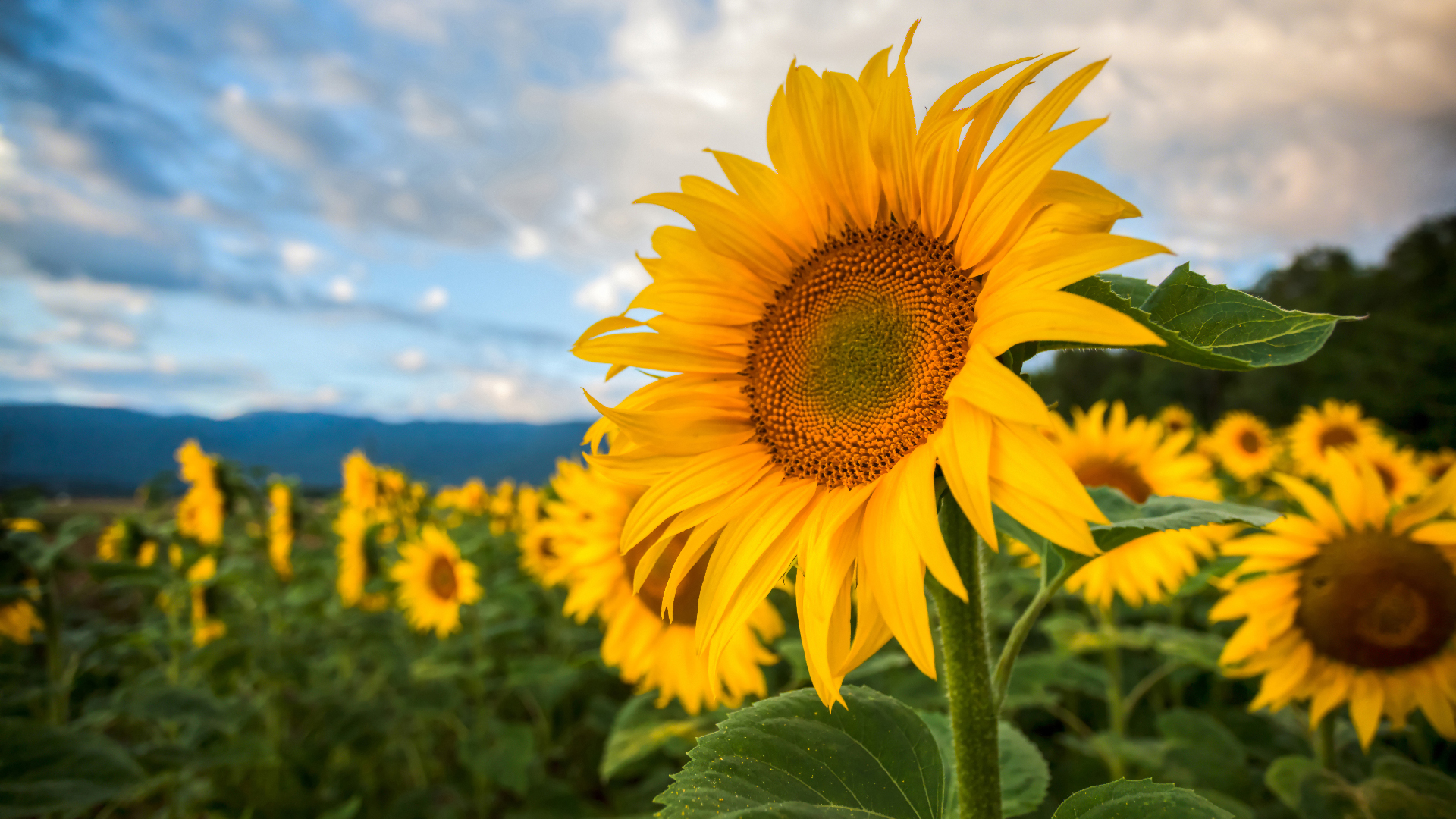News release
From:
Agriculture: Creating single parent sunflowers can speed up breeding *IMAGES*.
A new method to increase the speed and efficiency of sunflower breeding is presented in Nature. This new technique could increase the yield for this important oilseed crop while simplifying and shortening the breeding process.
Sunflower is the third largest oilseed crop, with 54.9 million metric tons produced in 2023. It is a hybrid crop, created by crossing different varieties. Inbreeding can help farmers grow larger yields of hybrid crops, but this approach can take over six years (six rounds of self-pollination) to improve gains. A simple practice of emasculating the crop could help decrease this amount of time to 10 months.
Jian Lv, Tim Kelliher and colleagues describe the generation of new sunflower seeds via a process called parthogenesis, a form of asexual reproduction that does not require pollen. The researchers found that chemically emasculating the sunflower crop prevented the sunflowers from being pollinated and produced seeds from a single parent, which they confirmed via genomic analysis. Further analysis revealed that these seeds lacked an endosperm, the nutrient-rich tissue that nourishes the embryo of the flower. The authors propose that this may not be necessary as important nutrients may be stored elsewhere in the seed. The seeds flowered as usual, but Kelliher, Jian and co-authors did not observe them generate any pollen.
The authors suggest that this method of breeding could reduce the time it takes to produce viable inbred sunflower crops, though a limitation is that this process could be dependent on certain sunflower genomes. They also optimized the approach to make it commercially scalable, with efficiency compatible with breeding programmes. They conclude that further research is necessary to determine if this strategy of induced parthenogenesis could be used in other economically important crops.
Multimedia






 International
International


